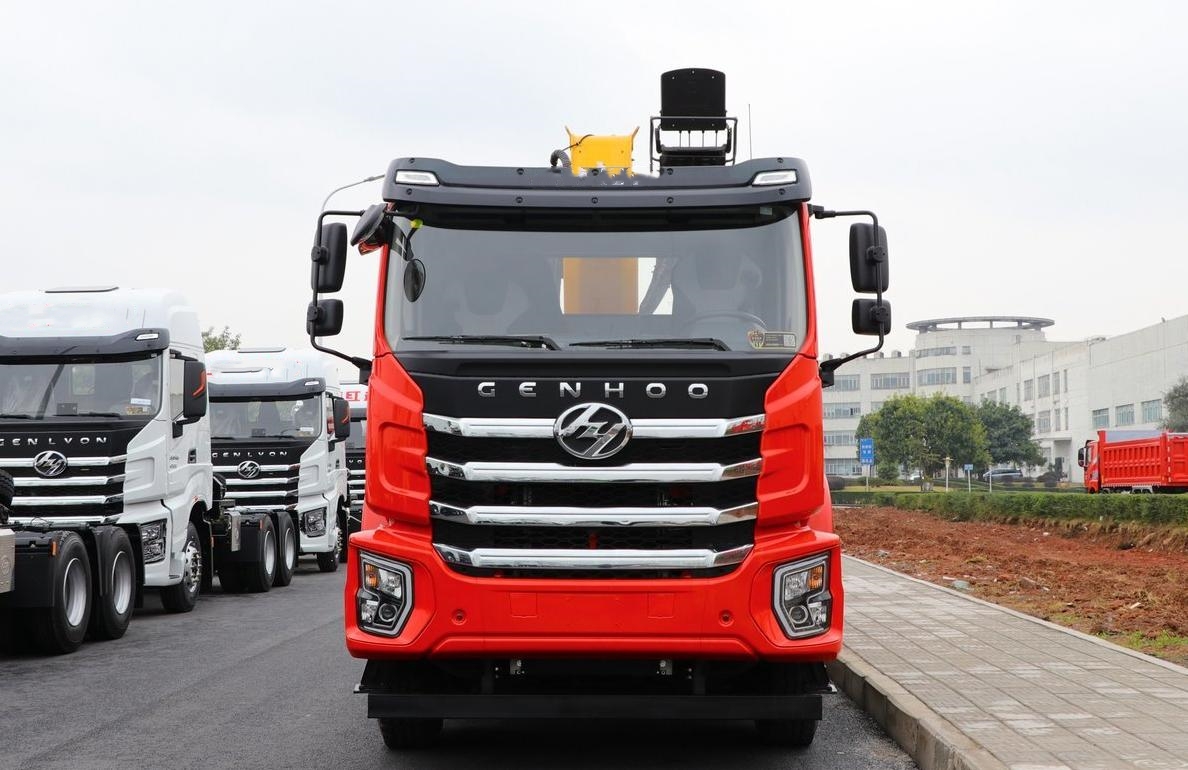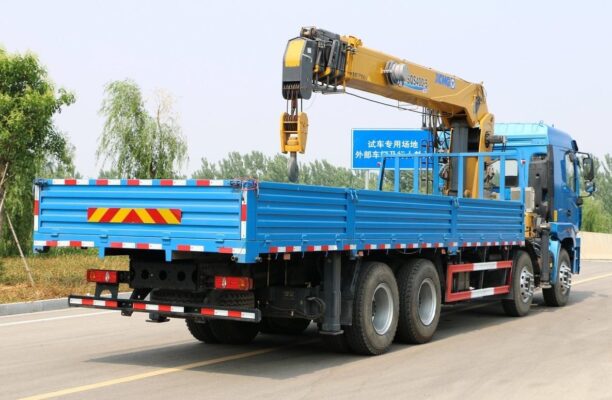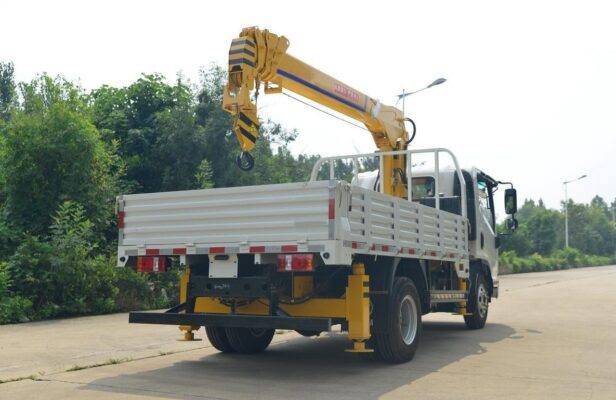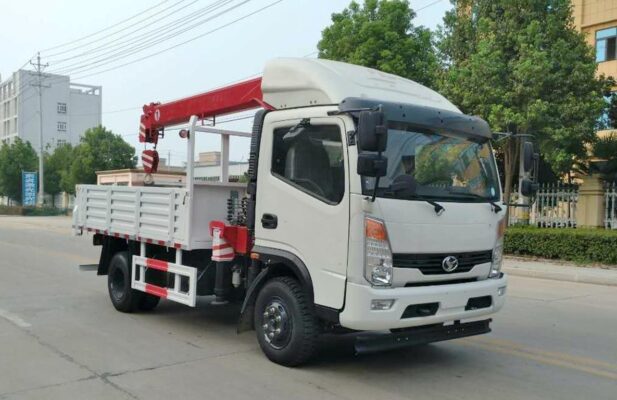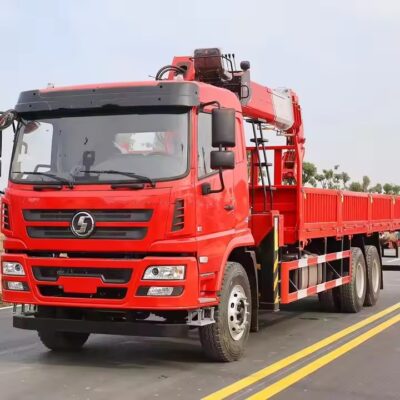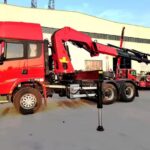Stepper motors are widely used as digital actuators in motion control systems across various industries. Kuitenkin, many users notice significant heating during operation and often wonder if this is normal. The truth is that heating is a common phenomenon in stepper motors, but the degree of heating that is acceptable and how to minimize it are important considerations for ensuring both the performance and longevity of these motors. This article explores the reasons behind stepper motor heating, its impact, and practical methods to reduce it.
Understanding Why Stepper Motors Heat Up
Stepper motors consist of a core and windings, and the heating phenomenon is mainly due to the resistance of the windings. When current flows through the windings, electrical resistance causes power loss, which manifests as heat. This is known as copper loss or I²R loss—the power lost is proportional to the square of the current and the resistance of the coil.
In addition to copper loss, stepper motors also experience iron losses due to the magnetic hysteresis and eddy currents within the iron core when exposed to alternating magnetic fields. These losses are influenced by factors such as the material of the core, the frequency of operation, and the applied voltage. Together, these losses lead to the generation of heat, which, if not managed, can affect the motor’s efficiency.
Stepper motors, by design, are not as efficient as other types of electric motors. Their primary focus is on maintaining precise position control and torque output. Tämän saavuttamiseksi, stepper motors often operate at higher currents and generate significant harmonic components, resulting in a higher likelihood of heat generation. This phenomenon is often more pronounced than in general alternating current (AC) motors.
Managing Stepper Motor Heating
The extent to which a stepper motor can tolerate heating primarily depends on the motor’s internal insulation class. The insulation can withstand temperatures up to around 130°C (266°F) before it begins to degrade. As long as the motor temperature remains below this threshold, it is generally safe to operate.
Typically, the surface temperature of the motor is lower than its internal temperature. For stepper motors, surface temperatures ranging from 70°C to 80°C (158°F to 176°F) are generally considered normal and safe. A simple way to gauge the motor’s surface temperature is by touch: if the surface feels hot but you can still touch it for a second or two without discomfort, the motor is likely operating within a safe temperature range. If the surface temperature exceeds 90°C (194°F), it may indicate that the motor is overheating, and further investigation is required.
For more precise measurements, infrared thermometers or contact temperature sensors can be used to monitor the motor’s temperature during operation.
How Motor Speed Affects Heating
The heating of stepper motors is closely related to the speed of operation, especially when constant current drive technology is employed. At low speeds or when the motor is static, the current remains relatively constant to maintain a steady torque output, which results in more significant heating due to copper losses. Kuitenkin, as the motor speed increases, the back EMF (electromotive force) generated within the motor increases as well. This reduces the current flowing through the motor, which in turn reduces the amount of copper loss and, consequently, the heat generated.
Thus, stepper motors tend to generate more heat at low speeds and less heat at high speeds. Kuitenkin, iron losses (although smaller in comparison) remain relatively constant across different speeds, which can affect the overall heating, especially at higher operational frequencies.
The Impact of Heating on Motor Performance
In most cases, heating does not significantly affect the overall lifespan of the motor. Kuitenkin, excessive heating can cause various negative effects, such as:
- Structural Stress: Different components of the motor expand at different rates due to thermal differences, causing mechanical stress within the motor. This may result in slight changes to the air gap or internal structure, potentially affecting the motor’s dynamic performance.
- Loss of Precision: High temperatures can alter the motor’s accuracy, leading to issues such as loss of step at high speeds. This can be particularly problematic in applications that require precise positioning, such as CNC machines, medical equipment, and robotics.
- Environmental Restrictions: In some environments, like medical equipment or high-precision testing instruments, excessive motor heating may not be acceptable. These systems require strict control over heat generation to ensure optimal performance and prevent any disruption of sensitive processes.
Given these potential issues, it’s essential to keep motor temperatures within an acceptable range for the specific application.
Methods to Reduce Stepper Motor Heating
Reducing heating in stepper motors primarily involves minimizing both copper and iron losses. Below are several strategies to achieve this:
- Selecting Low-Resistance Motors
- One of the most straightforward methods to reduce copper losses is to choose motors with lower resistance windings. Motors with smaller resistance produce less heat for the same current. This is particularly important when selecting motors for applications that require high torque and speed.
- Lisäksi, selecting motors with smaller rated currents can also help reduce heating. Kuitenkin, this may result in reduced torque output, so it is important to balance motor size and current ratings with application requirements.
- Using Advanced Driver Technology
- Current Reduction: Many modern stepper motor drivers come with features that automatically reduce the current when the motor is in idle or holding positions. Esimerkiksi, drivers with half-step or microstepping capabilities allow for smoother motion and more precise control while minimizing current usage during low-speed or static operations.
- Energy Saving Features: Drivers with “energy-saving” or automatic half-current modes can detect when the motor is not moving and reduce the current accordingly. This helps minimize heating during idle phases.
- Microstepping Drives
- Microstepping is a technique that divides each full step of the motor into smaller, finer steps, which results in smoother motion and a more sinusoidal current waveform. Microstepping can significantly reduce harmonic distortion, which reduces heat generation. The smoother current waveform leads to less copper loss and more efficient motor operation.
- Selecting the Right Voltage and Current Parameters
- Voltage Optimization: Iron losses are impacted by the supply voltage; higher supply voltages may improve motor performance but also contribute to increased iron losses. Siksi, selecting an appropriate voltage level for the motor is crucial to ensure that the motor performs efficiently while minimizing heating. A balance between the need for high speed, smoothness, and minimal heat production should be considered.
- Current Control: Using current control methods, such as constant current drive, ensures that the motor operates within optimal limits, especially when transitioning between low-speed and high-speed operations.
- Improved Motor Design and Cooling
- Heat Dissipation: Efficient motor cooling mechanisms, such as fans, heat sinks, or even liquid cooling for higher-power motors, can significantly reduce heating. Using motors with built-in cooling solutions is particularly useful in environments where heat dissipation is critical.
- Motor Material Improvements: Using high-quality materials for both the windings and the core can help reduce losses. Improved insulation materials can allow the motor to handle higher temperatures, and better magnetic materials can help reduce iron losses.
- Motor Maintenance and Operating Practices
- Environmental Control: Proper ventilation and ambient temperature control in the motor’s operating environment can help maintain temperatures within a safe range. Operating motors within their recommended temperature ranges is critical for long-term reliability.
- Maintenance of Connections and Wiring: Ensuring that motor windings and connections are clean and free of corrosion helps reduce resistance in the electrical path, preventing unnecessary heating.
Conclusion
Stepper motors inherently generate heat due to their operating principles, primarily resulting from copper and iron losses. While this is a normal characteristic, excessive heating can degrade performance and impact motor lifespan. By understanding the causes of heat generation and implementing effective strategies such as selecting low-resistance motors, utilizing advanced drive technology, optimizing operating conditions, and ensuring proper motor cooling, users can effectively manage and reduce heating in stepper motors.
By adopting these strategies, stepper motor users can optimize motor performance, extend the lifespan of their equipment, and maintain the precision required for their specific applications.

